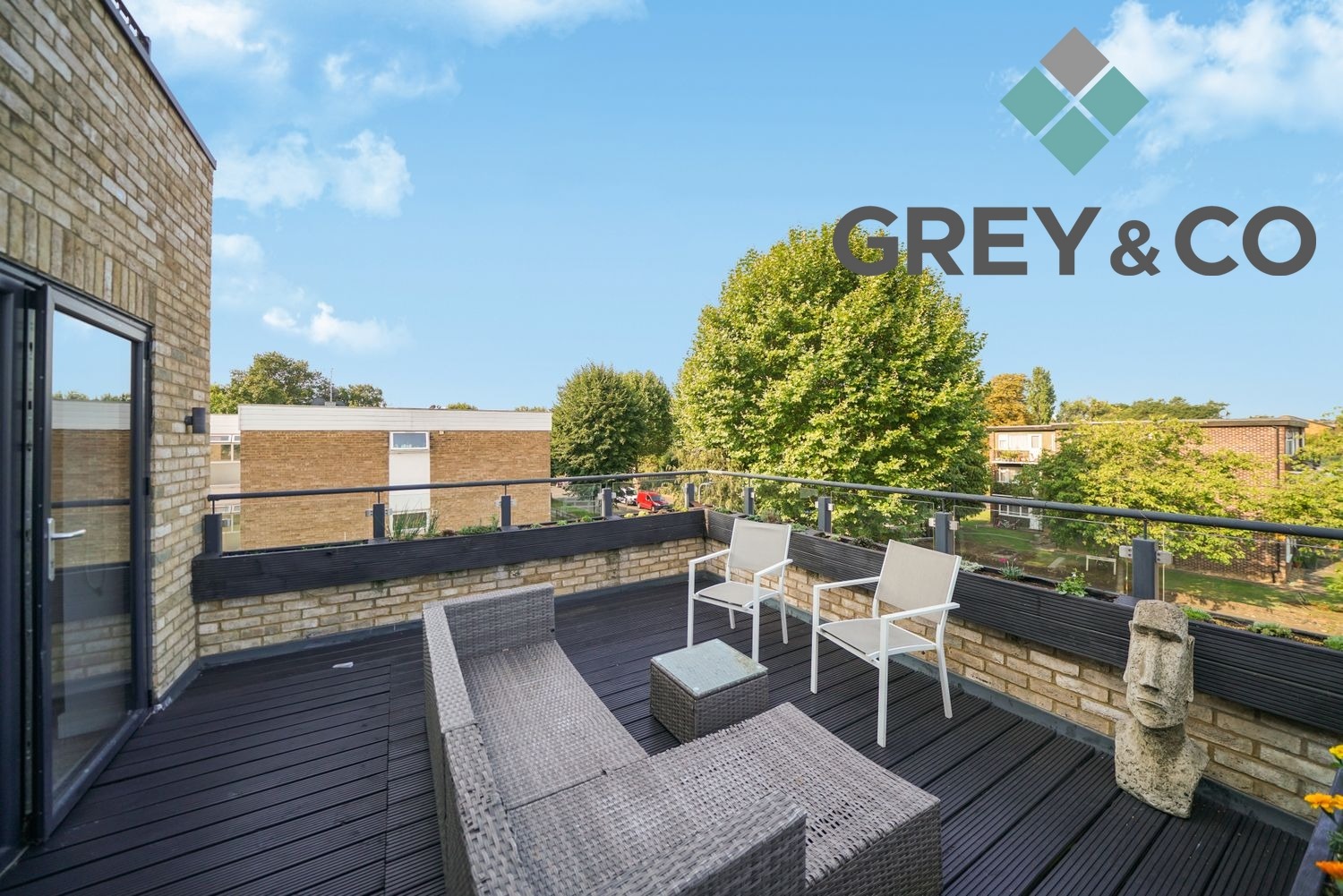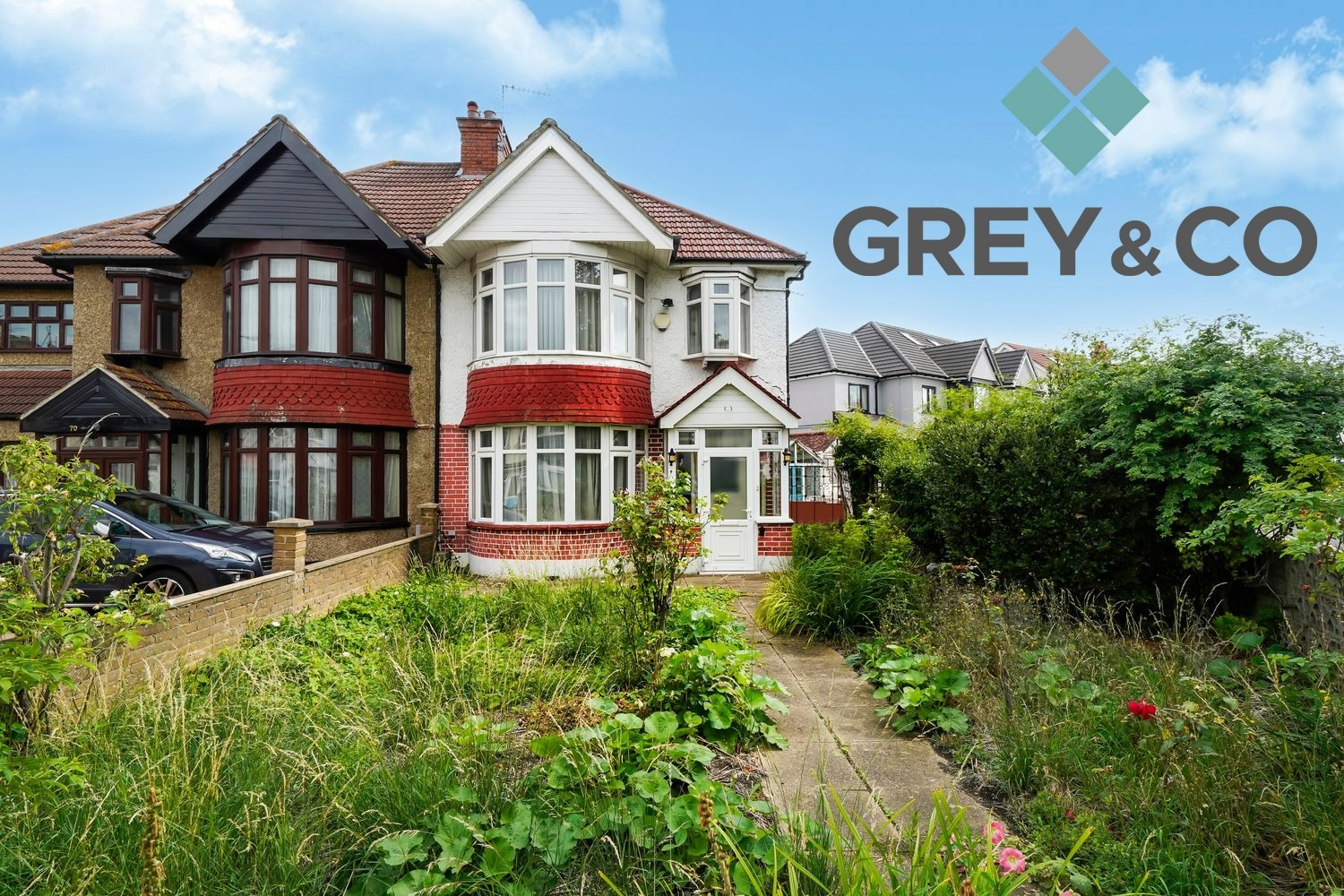But is Wembley truly overcrowded, or are these figures a little misleading?
Understanding Population Density
To put things in perspective, the United Kingdom has a population density of approximately 1,065 people per square mile, making it the second most densely populated country in Europe. Wembley covers an area of 5.747 square miles and is home to around 96,200 people. This translates to 16,739people per square mile, a figure that certainly sounds alarming at first glance. Yet for comparison, there are 33,465 people per square mile in the Lambeth Council Area in London.
However, back to Wembley, let's break this down further. A square mile is a large area, and numbers on this scale can be misleading.
So, I would like to look at a smaller measurement, the acre. An acre for the younger readers amongst you is 64 metres squared. I believe though an acre is a more relatable unit of measurement.
Wembley has an average of 23.85 residents per acre
(as Wembley covers 4,034 acres)
This figure, while still significant, paints a less dramatic picture.
The Housing Shortage
The real issue isn't just the number of people, but the availability of housing.
There simply aren't enough homes to accommodate everyone who would like to live in Wembley. This shortage is placing immense pressure on public services. Many parents struggle to secure their first choice of primary or secondary school for their children, and finding a local dentist or GP with available appointments is becoming increasingly difficult.
You would think with all the new homes building sites in the suburb, we are building plenty of new homes. The truth though is this, even with the number of new homes being built, we still aren’t building enough.
So, why aren’t enough homes being built?
The issue started in the early 1980s when councils stopped building homes.
Before 1979, an average of 147,000 private homes per year were built. Since 1979, it’s been an average of 153,000 homes per year (so not much different). However, before 1979, an average of 165,700 council homes were built per year, yet since 1979, it’s been an average of 11,400 council homes built per year (and this is not a politics thing either, as in Labour years of 1997 to 2010, only 490 council homes were built per year. In essence, every political party has been at fault).
In 2007, then Prime Minister Tony Blair set a target for 240,000 new homes to be built annually to keep pace with population growth. The Conservative government later adjusted this target to 200,000 homes per year. However, since 2012, the UK has been building only 175,641 homes annually. This shortfall has exacerbated the housing crisis, particularly in densely populated suburbs like Wembley.
After winning the recent general election in the UK, the new Labour government has announced an ambitious plan to build 300,000 houses per year. This initiative aims to address the housing shortage and improve affordability across the country. The government’s commitment to this large-scale construction project reflects their focus on boosting the housing supply and supporting communities in need of new homes.
So, assuming they can find the builders (and other trades) to build all these homes, where are they going to build them?
Is There Space for All These New Homes?
One might wonder where new homes could possibly be built in a seemingly crowded island.
Interestingly, an official government report reveals that residential properties cover only 1.2% of England's land mass.
(Note: there is no data for Wales and Scotland, yet even if there was, the numbers would be even lower).
When you include gardens with the homes, this figure rises to 4.7%. Here’s a detailed breakdown of land use in England:
• Residential Houses and Flats: 1.2%
• Gardens: 3.5%
• Shops and Offices: 0.7%
• Highways (Roads and Paths): 2.3%
• Railways: 0.1%
• Water (Rivers and Reservoirs): 2.6%
• Industry, Military, and Other Uses: 1.4%
• Open Countryside: 88.3%
This means that 88.3% of the land remains open countryside. If we factor in gardens, which are green spaces, the country is 91.8% greenspace. Thus, if we were to adopt the 300,000 annual target for the next 20 years, there is ample room to build those additional six million homes, and it would occupy only 0.3% of the country’s land.
Sustainable Development
The key to solving Wembley's housing crisis lies in sustainable development and innovative urban planning. Massive housing estates and towering apartment blocks are not the answer. Instead, we need to consider creative solutions that integrate seamlessly with the existing landscape.
For instance, mixed-use developments that combine residential, commercial, and recreational spaces can create vibrant communities without encroaching on green spaces. Additionally, repurposing underutilised urban areas, such as old industrial sites, can provide much-needed housing without expanding the suburb’s footprint. Also, the associated infrastructure like those doctors’ surgeries and schools need to be built with them at the same time.
The Role of Technology
Modern technology can also play a significant role in addressing housing challenges. Prefabricated and modular homes, for example, can be constructed quickly and efficiently, reducing the strain on resources. These types of homes can be designed to be environmentally friendly, incorporating energy-efficient systems and sustainable materials.
Furthermore, advancements in urban planning software allow for better simulation and planning of new developments, ensuring that they are both efficient and harmonious with the surrounding environment.
Community Involvement
Public engagement and community involvement are crucial in addressing Wembley's housing needs. Wembley residents should have a say in how their neighbourhoods evolve. Collaborative planning can lead to more acceptable and sustainable solutions, fostering a sense of ownership and pride among residents.
Final Thoughts
Wembley’s apparent overcrowding is a complex issue that goes beyond mere numbers. While the suburb does have a high population density, the real challenge lies in the availability of housing and the efficient use of space.
By rethinking urban development and leveraging modern technology, Wembley can accommodate its growing population without sacrificing the quality of life that makes it such an appealing place to live.
These are my thoughts, what are your thoughts on the matter?




